Turkish pop music
Turkish pop music had its beginnings in the late 1950s with Turkish cover versions of a wide range of imported popular styles, including rock and roll, tango, and jazz. This wide collection of songs was labelled as "Hafif-batı" (light western) music and included a wide range of artists, such as Frank Sinatra to Doris Day, Nat King Cole to the Everly Brothers, from Elvis Presley to Paul Anka.
| Music of Turkey | |
|---|---|
 | |
| General topics | |
| |
| Genres | |
| Specific forms | |
| |
| Media and performance | |
| Music awards |
|
| Music charts |
|
| Music festivals |
|
| Music media | |
| Nationalistic and patriotic songs | |
| National anthem | Independence March |
| Regional music | |
Turkish artists began to produce English language cover versions of these songs and write their own too, and the first original song of this type is credited to Erol Büyükburç in 1958 for his song "Little Lucy",[1] which was released as a 10-inch single known as a taş plak.
With the emergence of 7-inch (45 rpm) single records in Turkey soon after, listening and distribution of this type of media was easier and thus the sound became more popular.[1]
Turkish Popstars
Tarkan is labelled as the "Megastar" of Turkey, while Ajda Pekkan is labelled "Superstar", Hadise is commonly referred to as the "Popstar" of Turkey.
1960s
Büyükburç felt that the popularity of this trend would be limited until the Western song lyrics were translated into Turkish, and suggested to composer Fecri Ebcioğlu that he pen some Turkish lyrics to an English tune.[2] In 1962, the first Western popular melody with Turkish lyrics was released, İlham Gencer's "Bak Bir Varmış Bir Yokmuş" (Look Once Upon A Time)[3] and the foundation was set for the mergence of a new genre. The modern technique of musical arrangements was also attributed to this era, with Western songs arranged into more oriental sounding motifs for the Turkish ear.
The genre got its name in 1964 with the release of duo Tülay German and Erdem Buri's single "Yarının Şarkısı" (Tomorrow's Song). On the record's sleeve they coin the term "Turkish pop music", indicating that their product was indicative of things to come.
Musicologists document that the first original composition was released in 1967 by Paris trained Timur Selçuk, the son of famous classicist Münir Nurettin Selçuk, called "Ayrılanlar İçin" For Those Departed.[1] The vehicle for Turkish pop was often film, and singers such as Gönül Yazar became icons of the time, though their films were rarely seen outside Turkey.
1970s–1980s
Turkish pop music became very popular in the 1970s with female stars such as Ajda Pekkan and Sezen Aksu reaching superstar status domestically.
With her song writing talent, Aksu is credited with giving Turkish pop its unique sound, which is emulated across the Arabic countries. It was arguably this sound that changed the face of the Eurovision song contest when Sertab Erener won the Eurovision Song Contest 2003. Today Aksu is considered to be the matriarch of Turkish pop music. In the first half of the 1990s, female singer-songwriters such as Nazan Öncel and Yıldız Tilbe became very popular in Turkey.
The genre took a huge dip in popularity with the emergence of Arabesque music. However, with Aksu backing emerging stars such as Sertab and Tarkan in the early 1990s, Turkish pop came back from the brink. In particular, Tarkan's song Şımarık, which was both written and composed by Aksu, was a hit in Europe and Latin America in 1999.
As in the 1950s, it again took inspiration from newer styles that had emerged, such as hip hop, heavy metal and reggae.
Mainstream pop
Turkish pop music is now everywhere, whether it's the latest from Tarkan, female singer/songwriter Sezen Aksu, or the more radical sounds of the Turkish club underground, like Mercan Dede.
The fusion of sounds work so well that Turkish pop music does not sound so Westernised like Indonesian or Filipino pop even though it does include global influences such as technological developments from the west, western harmonies grafted onto folk songs, influences from Arabic music and, of course, American-influenced rap and hip-hop from artists such as Erci-E.
In the early 90s, Turkish gangster rap surged in popularity as artists such as Gokturk "G-Force" Sevinc influenced a younger generation newly exposed to Americas "West-Coast" culture. Gokturk had a string of hits including the #1 single "Istanbul G's" however fell from grace in the mid 90s due to a well publicised falling out with collaborator Erci-E.
Many music critics argue that the surge of Türkstar (Pop Idol) type competitions on Turkish TV has only added to the pop industry's shallow image, and is cited as the reason why underground and reactionary music is becoming more popular.
Notable performers
Individuals
Female
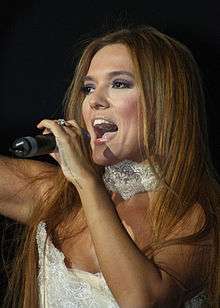 |
.jpg) | |||
| Gülşen · Demet Akalın · Hande Yener | ||||
_cropped.jpg) |
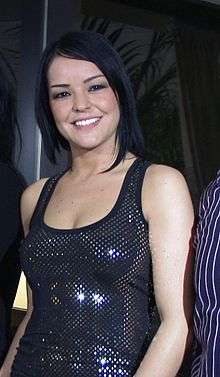 |
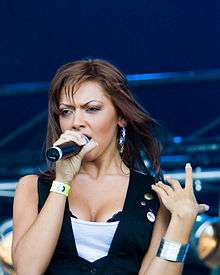 | ||
| Sıla · Bengü · Hadise | ||||
- Atiye
- Ajda Pekkan
- Aleyna Tilki
- Aylin Aslım
- Aynur Aydın
- Bengü
- Bülent Ersoy
- Candan Erçetin
- Demet Akalın
- Deniz Seki
- Derya Uluğ
- Ece Seçkin
- Funda Arar
- Gökçe
- Göksel
- Gülben Ergen
- Gülşen
- Hadise
- Hande Yener
- İrem Derici
- Işın Karaca
- İzel
- Nazan Öncel
- Nil Karaibrahimgil
- Nilüfer
- Nükhet Duru
- Özlem Tekin
- Şebnem Ferah
- Sertab Erener
- Sezen Aksu
- Sibel Tüzün
- Sıla
- Simge
- Yonca Evcimik
- Zerrin Özer
- Ziynet Sali
Male
.jpg) |
_-_Cropped.jpg) |
_-_Cropped.jpg) | ||
| Tarkan · Murat Boz · Mustafa Ceceli | ||||
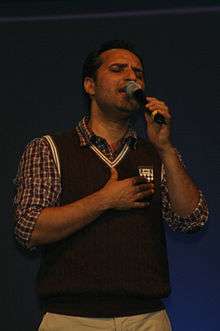 |
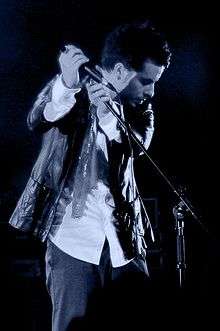 |
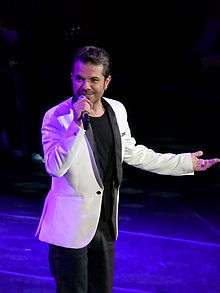 | ||
| Rafet El Roman · Emre Aydın · Kenan Doğulu | ||||
- Atilla Taş
- Bülent Ortaçgil
- Can Bonomo
- Emrah
- Erol Büyükburç
- Erol Evgin
- Hayko Cepkin
- İlhan İrem
- İsmail YK
- Kenan Doğulu
- Keremcem
- Kayahan
- Levent Yüksel
- Mabel Matiz
- Mazhar Alanson
- Murat Boz
- Murat Dalkılıç
- Mustafa Ceceli
- Mustafa Sandal
- Onur Özsu
- Rafet El Roman
- Serdar Ortaç
- Tarkan
- Yalın
- Emre Aydın
- Soner Sarıkabadayı
Groups
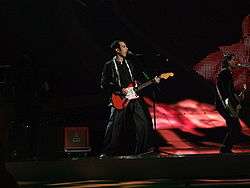 |
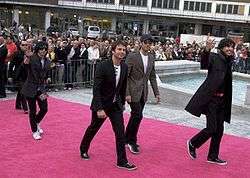 |
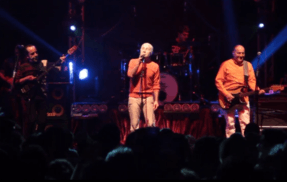 | ||
| Mor ve Ötesi · Manga · MFÖ | ||||
- Beş Yıl Önce - On Yıl Sonra
- tr:Beyaz Kelebekler
- Hepsi
- Klips ve Onlar
- Mazhar-Fuat-Özkan
- Yeni Türkü
- Nemrud
- Mor ve Ötesi
- Pinhani
- Üç Hürel
- maNga
- ...
Notes
- Turkish pop history
- Naim Dilmener A fact revealed in this newspaper report with renowned Turkish pop musicologist Naim Dilmener.
- Translations kindly provided by Ali Yildirim.
References
Further reading
- Dilmener, Naim (2006). Bak Bir Varmış Bir Yokmuş: Hafif Türk Pop Tarihi (Look Once Upon A Time: History of Light Turkish Pop Music). İletişim Yayınevi. ISBN 975-05-0149-7.